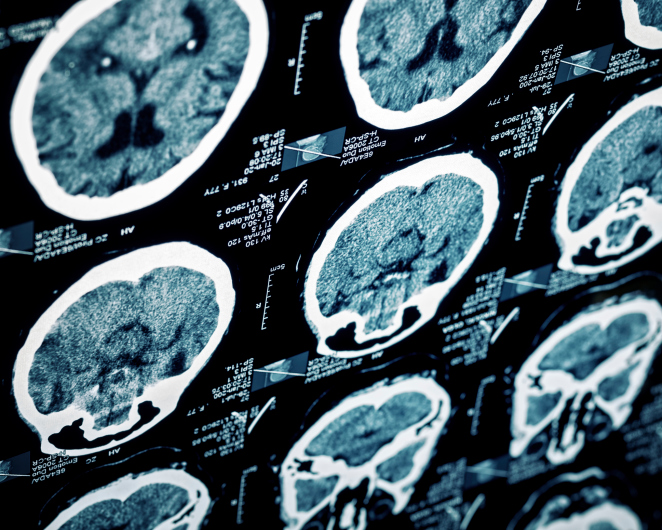
A stroke occurs when the blood supply to the brain is blocked or when a blood vessel in the brain ruptures, causing brain tissue to die.
Stroke is the fifth leading cause of death in the United States and is a major cause of adult disability.1,2 About 800,000 people in the United States have a stroke each year.2 One American dies from a stroke every 4 minutes, on average.2 Get more quick facts about stroke.
Stroke is a medical emergency. Know the signs and symptoms of stroke, and call 9-1-1 right away if you think someone might be having a stroke. Getting fast treatment is important to preventing death and disability from stroke.
You may be able to prevent stroke or reduce your risk through healthy lifestyle changes. In addition, medication can reduce stroke risk for some people.
Learn About Stroke
Educational Materials
Featured Items
Over the past 20 years, there has been a significant increase in the number of people having strokes worldwide. A new report from Nature reviews primary stroke prevention strategies and suggests key actions to help reduce the burden of stroke. The report was compiled by several stroke experts, including scientists from the CDC.
 “Stroke and You” Fact Sheet Series
“Stroke and You” Fact Sheet SeriesSome medical conditions and lifestyle choices can put anyone at risk for stroke regardless of gender, ethnicity, or age. However, certain groups are at higher risk for stroke and deserve special consideration because of particular risk factors. The “Stroke and You” series highlights the prevention challenges these groups face and what CDC is doing to address them.
 Mind Your Risks
Mind Your RisksSome evidence indicates that uncontrolled high blood pressure is not only the leading cause of stroke but may also be linked to dementia. Recently, the National Institute of Neurological Disorders and Stroke launched a campaign called Mind Your Risks that raises awareness about controlling risk factors for stroke, particularly high blood pressure.
Stroke is a leading cause of death and disability in the United States. But did you know that up to 80% of strokes can be prevented? View CDC’s new stroke videos to learn how to recognize a stroke, to hear from stroke survivors, and to learn what CDC is doing to improve stroke care.
Most American adults have a heart that is older than their actual age. One way to understand your risk for a heart attack or stroke is to learn your "heart age." Heart age is the age of your heart and blood vessels as a result of your risk factors for heart attack and stroke.
In the United States, 1 in 5 women will have a stroke. Each year, stroke kills 2x as many women as breast cancer. Use this infographic on your social media page or web site to help inform others of stroke risk.
Nearly 1 of 3 deaths in the US each year is caused by heart disease and stroke. At least 200,000 of these deaths could have been prevented through changes in health habits, such as no smoking, more physical activity, and less salt in the diet. Community changes to create healthier living spaces, such as safe places to exercise, smoke-free areas, managing high blood pressure, high cholesterol, and diabetes can also help prevent heart disease and strokes.
 Paul Coverdell National Acute Stroke Program: Strategies from the Field
Paul Coverdell National Acute Stroke Program: Strategies from the FieldStates that have a stroke registry supported through the Coverdell program have identified unique ways to meet program goals and objectives. Any state interested in creating or maintaining a stroke registry can learn from the successful strategies and lessons learned described in this report.
Most of the sodium we eat is in the form of salt. Too much sodium is bad for your health. It can increase your blood pressure and your risk for a heart attack or stroke. Heart disease and stroke are the first and fourth causes of death in the United States.
Reference
- Kochanek KD, Xu JQ, Murphy SL, Arias E. Mortality in the United States, 2013. NCHS Data Brief, No. 178. Hyattsville, MD: National Center for Health Statistics, Centers for Disease Control and Prevention, US Dept. of Health and Human Services; 2014.
- Mozzafarian D, Benjamin EJ, Go AS, et al. Heart disease and stroke statistics—2015 update: a report from the American Heart Association. Circulation. 2015:e29–322.
- Page last reviewed: May 5, 2016
- Page last updated: May 5, 2016
- Content source:



 ShareCompartir
ShareCompartir

